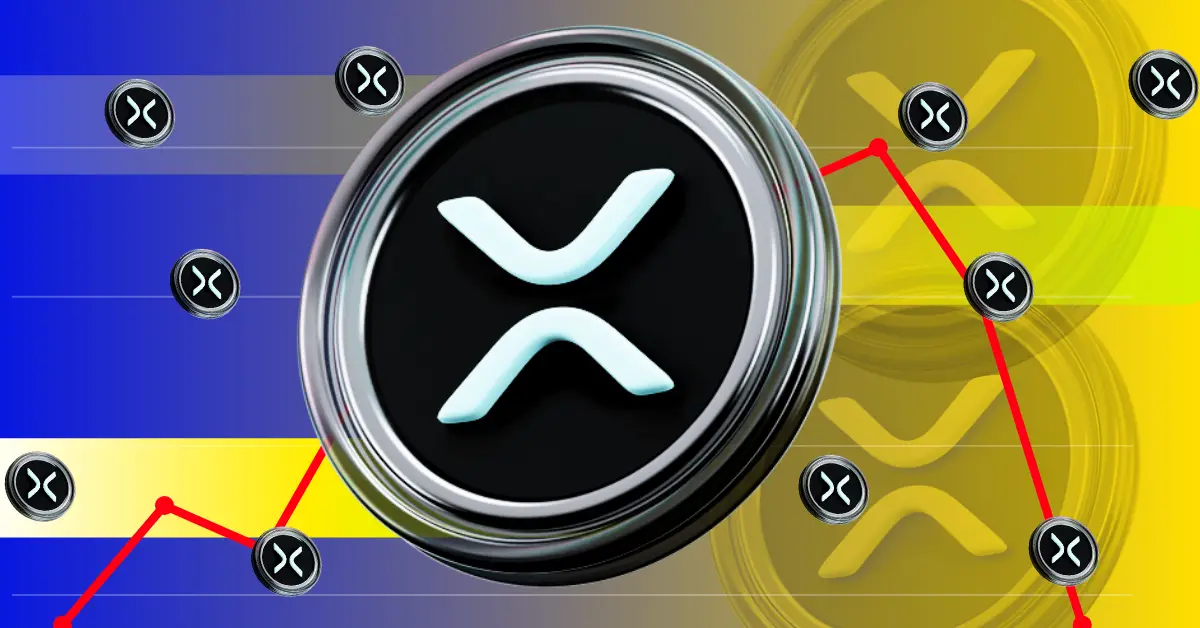
It’s a big day for the crypto world. The US Senate has officially passed the Genius Act, an important stablecoin bill. With a strong 68-30 vote, the bill will now move to the House, where it’s expected to pass quickly before heading to President Trump’s desk for final approval.
This new law could reshape the stablecoin market in the US, with clear rules for companies like Circle’s USDC and other dollar-backed digital assets. While crypto enthusiasts are celebrating this progress, it has sparked fresh debate about what it means for other major players like XRP.
There is a worry that the rise of regulated, fast, and reliable stablecoins could reduce the need for XRP in cross-border payments and liquidity solutions. However, according to an industry expert, this could actually boost XRP’s utility by giving banks and businesses more ways to move money while still needing a bridge asset like XRP for certain markets and transactions.
Currently, there are approximately $27 trillion in Nostro/Vostro accounts, which banks use to settle cross-border payments. The expert said that this number could shoot past $50 trillion because banks are unlikely to trust each other’s stablecoins. And that is where XRP steps in.
XRP’s role becomes vital as a neutral, decentralized bridge asset. Therefore, instead of being replaced, XRP could be relied on as the only neutral asset that banks can trust. This positions it as a key player in global value transfer.
A recent post from the Britto community, dedicated to the co-creator of the XRPL, Arthur Britto, also clarified that the view of stablecoins replacing XRP overlooks the key differences between the two.
While stablecoins are digital versions of fiat (like USD or EUR), meant for holding value, not transferring it across systems. For example, sending money from Japan to Mexico using stablecoins is complex. But with XRP, the transfer happens instantly without needing pre-funded accounts.
XRP’s decentralized liquidity and speed make it better suited for global transfers, while stablecoins still rely on centralized control. Therefore, even while stablecoins are gaining momentum and regulatory clarity, they will not replace XRP in what it does best – moving value across borders quickly and efficiently.
CoinPedia has been delivering accurate and timely cryptocurrency and blockchain updates since 2017. All content is created by our expert panel of analysts and journalists, following strict Editorial Guidelines based on E-E-A-T (Experience, Expertise, Authoritativeness, Trustworthiness). Every article is fact-checked against reputable sources to ensure accuracy, transparency, and reliability. Our review policy guarantees unbiased evaluations when recommending exchanges, platforms, or tools. We strive to provide timely updates about everything crypto & blockchain, right from startups to industry majors.
All opinions and insights shared represent the author's own views on current market conditions. Please do your own research before making investment decisions. Neither the writer nor the publication assumes responsibility for your financial choices.
Sponsored content and affiliate links may appear on our site. Advertisements are marked clearly, and our editorial content remains entirely independent from our ad partners.
Story Highlights The live price of the Cardano token is . ADA Price prediction suggests…
Netflix is one of the world’s largest streaming platforms and is often at the center…
Circle has secured a major regulatory approval in the UAE, receiving a full Financial Services…
Hong Kong is taking another big step in tightening its crypto oversight. The government has…
Bitcoin is trading near $90,549 as investors grow confident that the Federal Reserve will cut…
A fake screenshot claiming BlackRock had filed for a Staked Aster ETF spread across crypto…